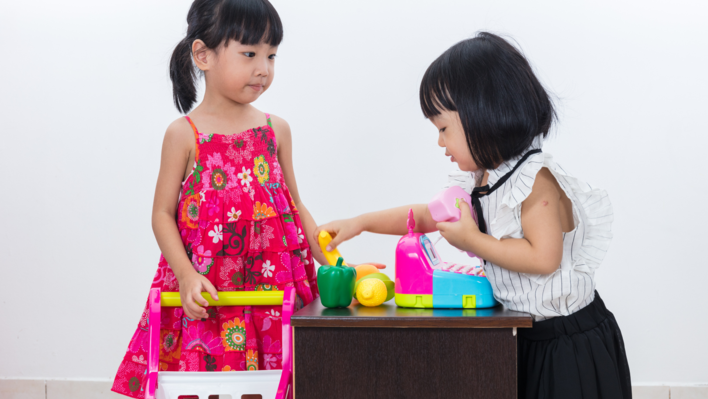The dollar coin is undervalued. I don’t mean that as a comment on the strength of our currency but rather that this little golden coin is both a lesson in social sciences and financial literacy just waiting to be explored with your child.
I spent a recent afternoon with my six-year-old great-nephew, whom I lovingly call BamBam, examining my dollar coin collection. He sorted them according to the designs: the mob of roos pile teetered like the leaning tower of Pisa and there were a good number of the red poppy embossed war hero coins, as well as a smattering for the centenary of rugby league, Korean War sixtieth anniversary, lunar year of the rooster (2017) and a lonely Dot and the Kangaroo. BamBam later counted and very proudly announced I was rich: I had $123!
Two out of three Australian parents admit digital money makes it harder for children to grasp the value of real money, according to a report released last year by the Financial Planning Association of Australia.
Scarily, the same report revealed that parents feel less comfortable talking to their children about money than sex!
Given that kids can grasp basic money concepts at preschool age, and that, by age seven, money habits can be set, not showing our kids the reality of money is like telling them about the birds and the bees after they become sexually active!
While there are plenty of apps and online games involving money for children to play, I’m going to suggest something rather old school.
When it comes to money, I believe we handle it better when we handle coins and notes. Think about it. If you give yourself $50 for the week and have that money in your wallet, you are aware of it and weigh up your spending far more carefully than if you were able to tap-and-go. It stands to reason that our children learn about money when the lesson is physical, or kinesthetic, too. After all, kids don’t just look at trucks and dolls, they play with them.
Here are some suggestions:
Make believe
I loved playing “checkout chick” when I was young. I had a toy cash register, play money and lots of cartons for my shop. Teddy and the dolls (or my brother) would come and shop. Role play is important for kids’ development. Money Match Café is a more sophisticated boxed version of my game, ideal for five- to eight- year-olds.
Coin-counting
As my nephew noticed, there are lots of stories attached to coins. Coins have different values too and can be a great way to learn maths. For example, BamBam told me he could buy an icy pole for 25 cents at school or a super-size one for 50 cents. I explained he could also buy two standard icy poles and give one to a friend for 50 cents too.
It costs how much?
When kids are older, I suggest giving them some money (say $10) and a few items on the shopping list and tell them you’ll meet them at the other side of the checkout. They get to search and add and learn the value of items. Heap on the praise for the efforts but be firm about budget.
Family time
One of my favourite enduring memories of family time was playing Monopoly around the dining table. I still love it. Yes, it is a game of strategy and yes, it does teach us about decisions, deal-making and money, but it teaches something else that money can’t buy: togetherness.
Helen Baker is an Australian financial adviser and founder of On Your Own Two Feet. Her latest book On Your Own Two Feet Divorce: Your Survive and Thrive Financial Guide is available at www.onyourowntwofeet.com.au or in book stores and Amazon.
This article is adapted with permission, from a version that was first published on Mums At The Table.



